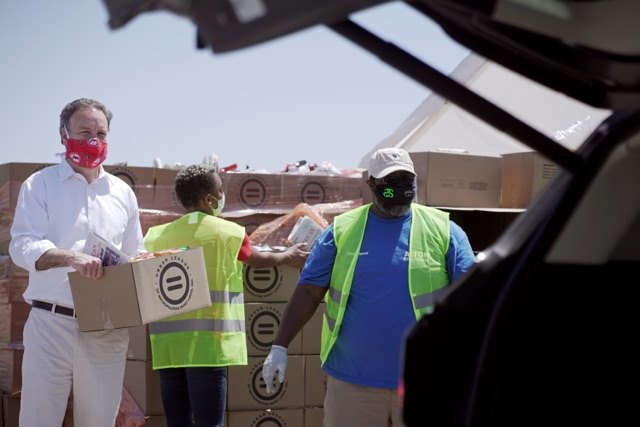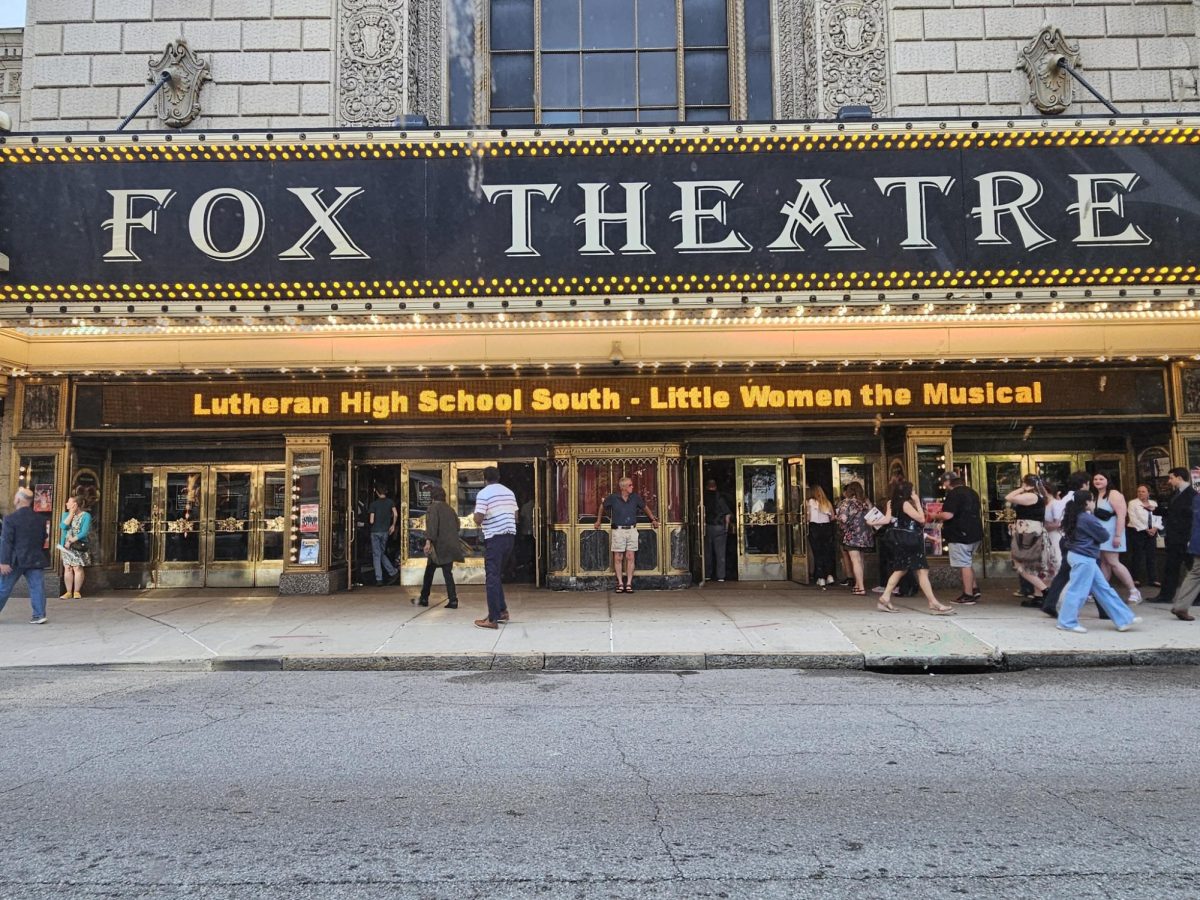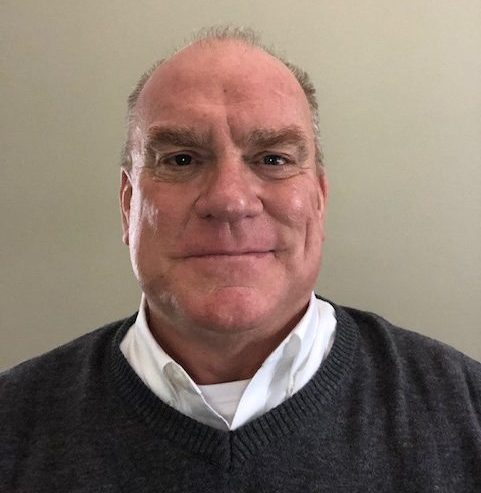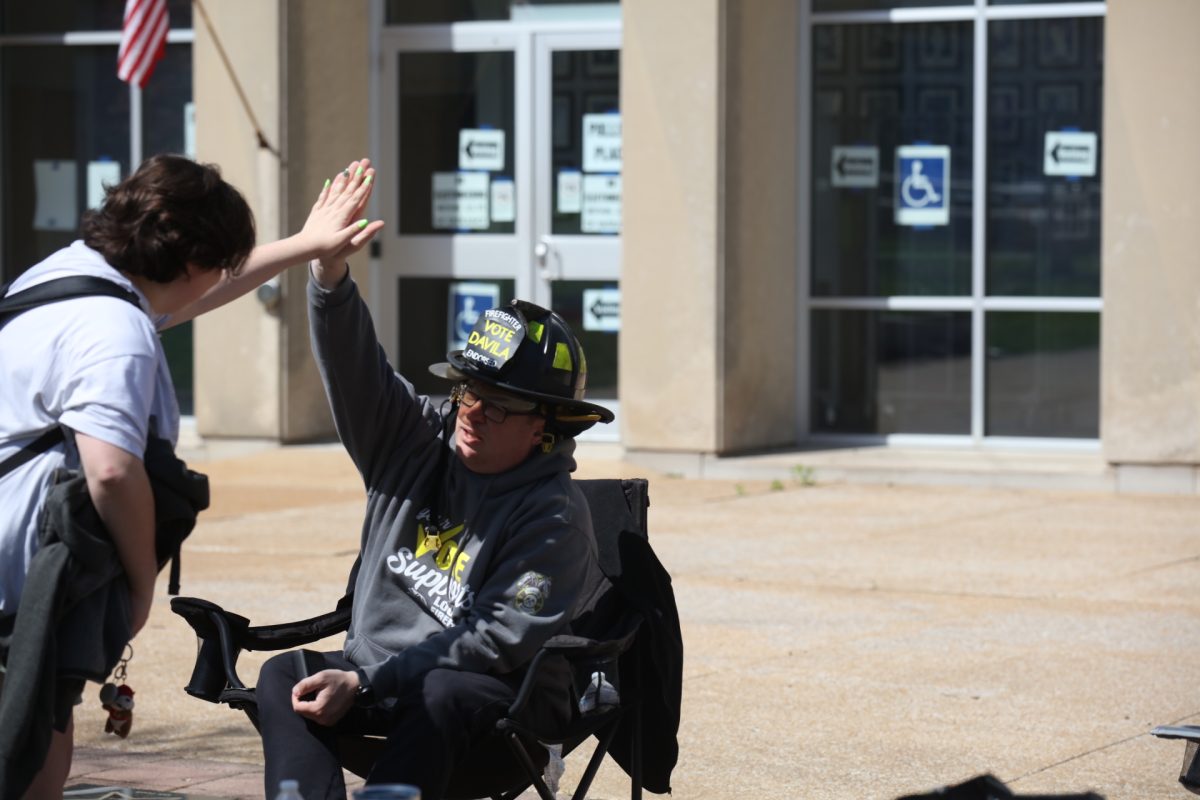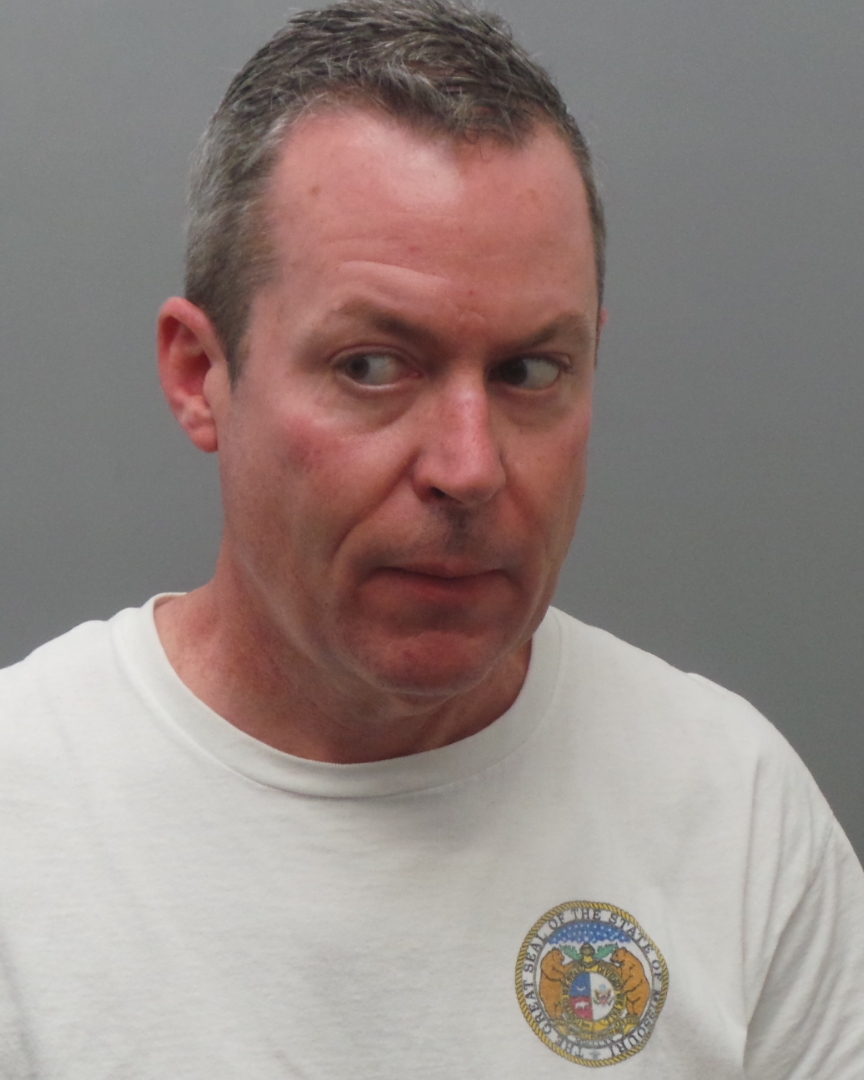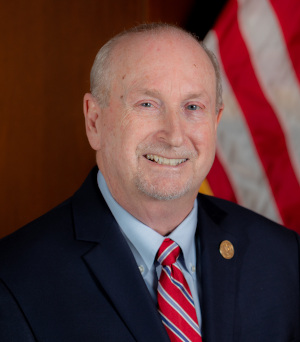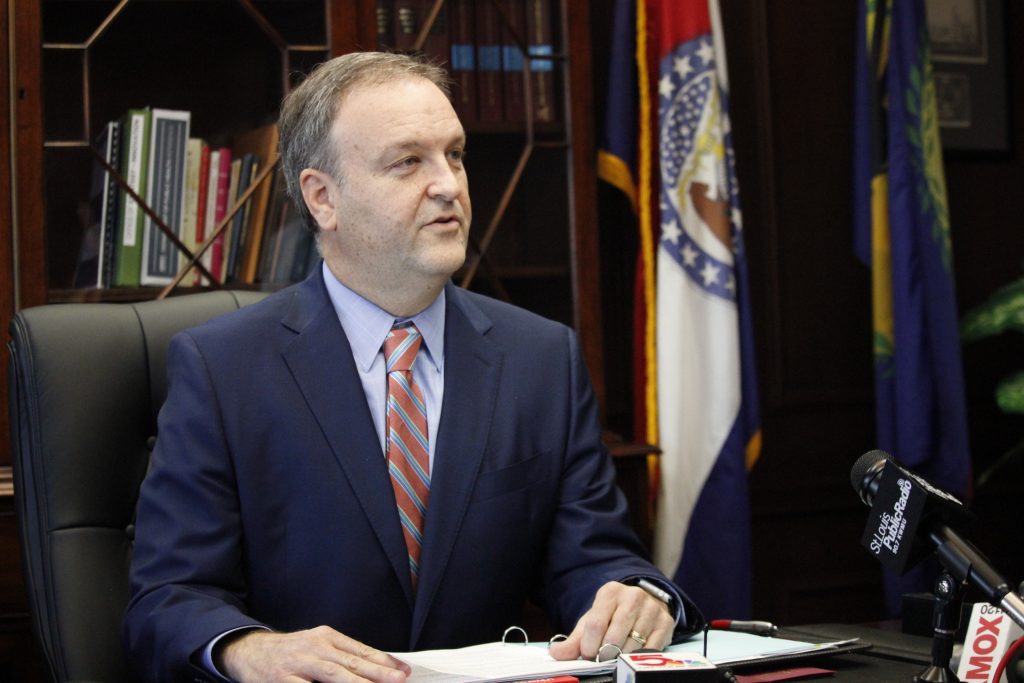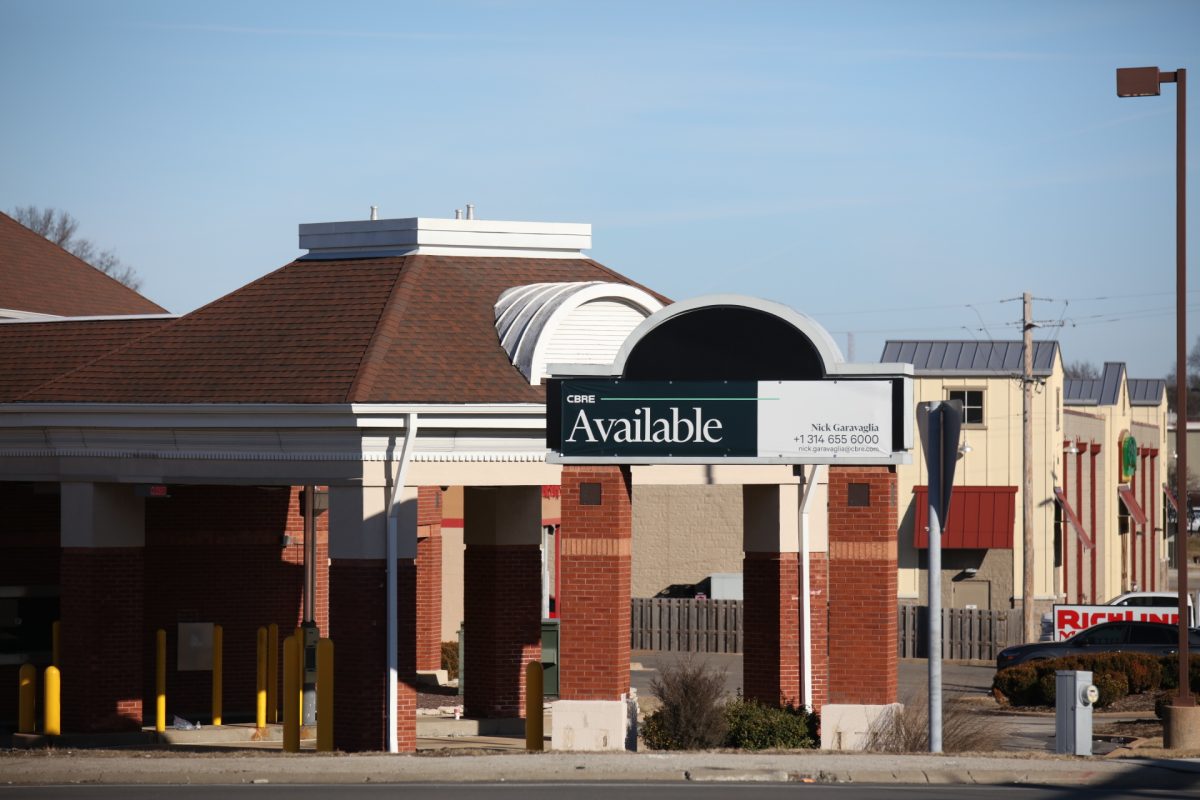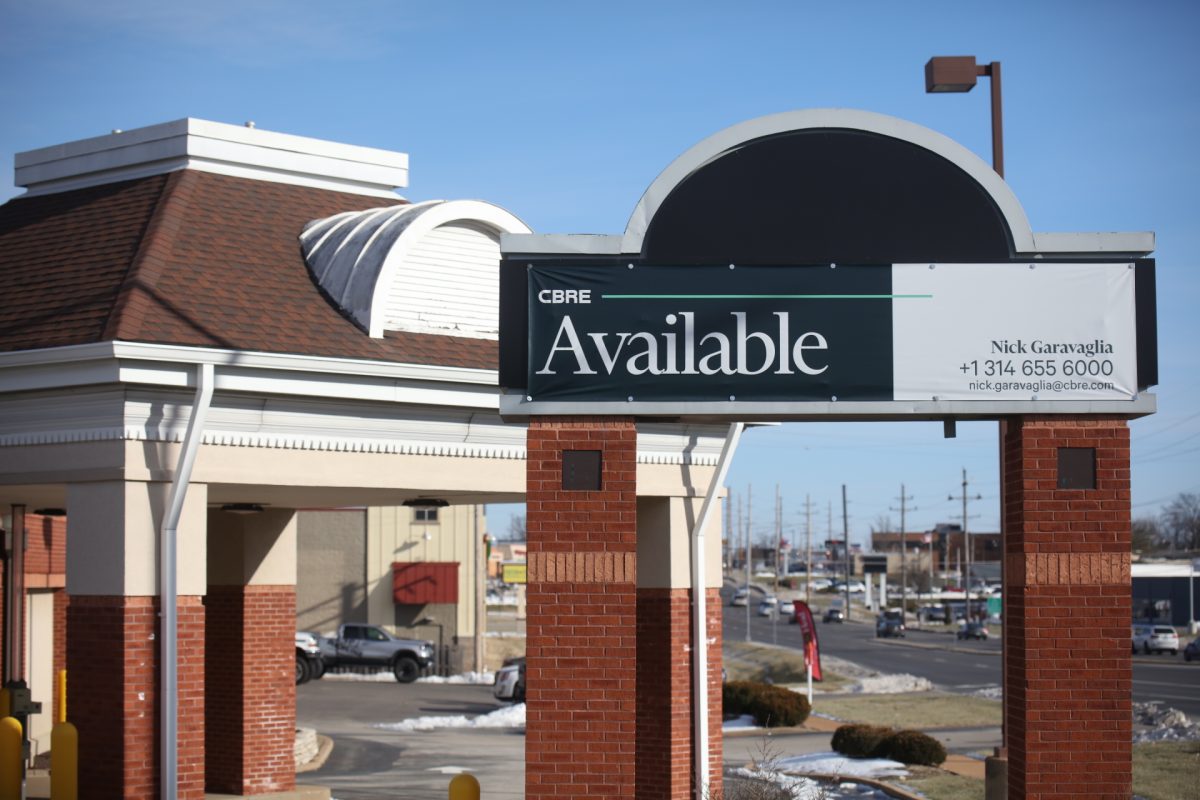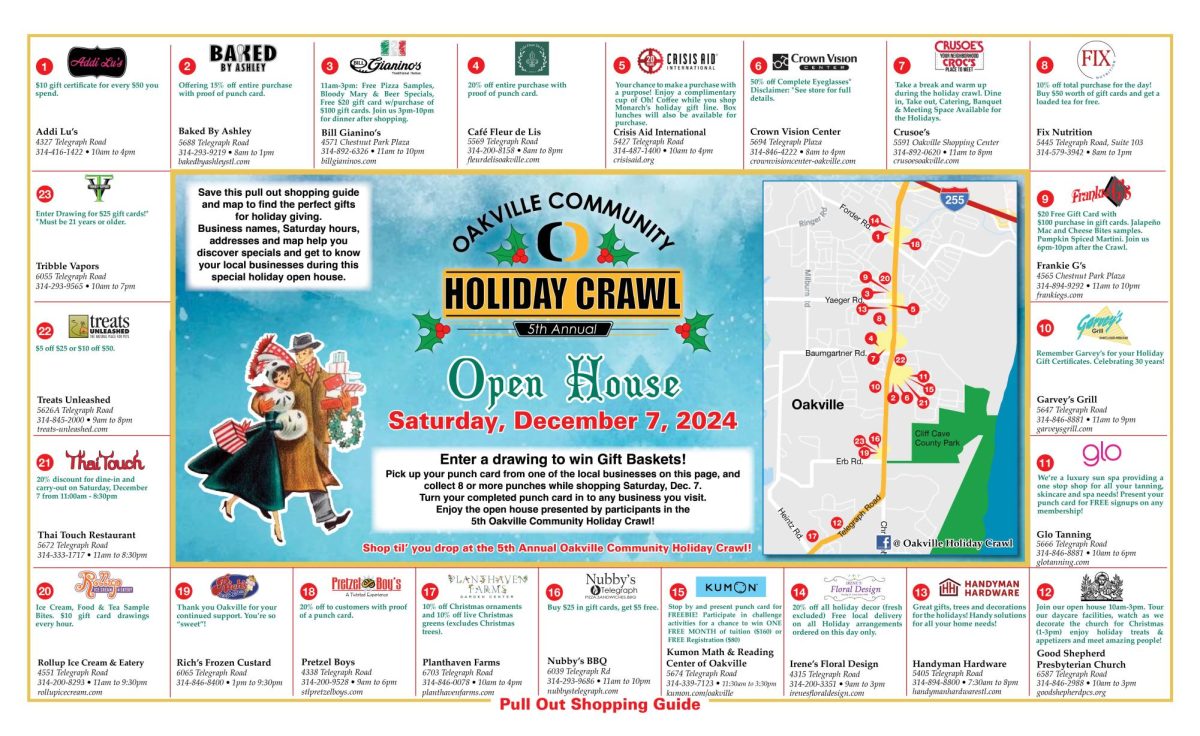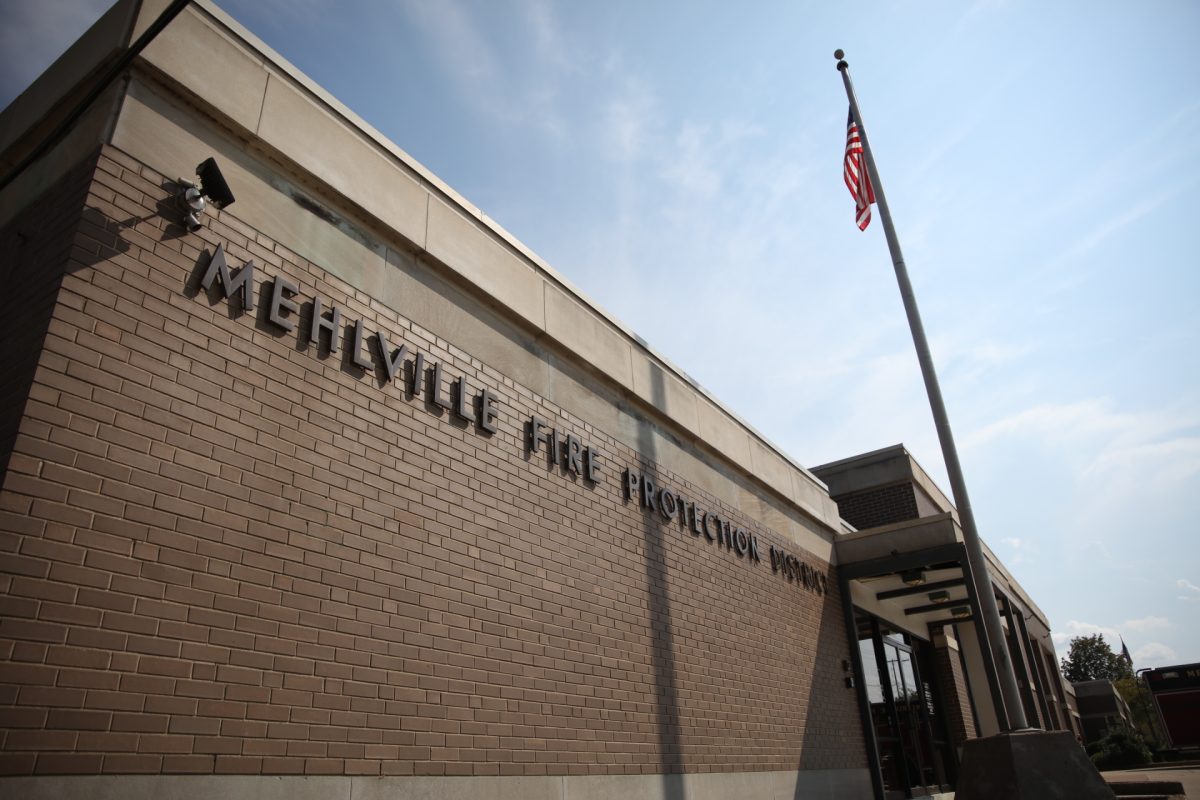St. Louis County could start to end its stay-at-home order Monday, May 18, but the new freedom will come with restrictions: Employees and customers will be required to socially distance and wear face masks in public.
“Be prepared to wear a mask, be prepared to stay 6 feet apart,” County Executive Sam Page said at a briefing to reporters Wednesday.
The reopening is targeted for May 18, but it will be gradual and come with restrictions such as limits on crowd sizes, Page said. He said he will release his full plan at least one week ahead of the reopening, but should have more announcements in the coming days. St. Louis Mayor Lyda Krewson said the plan would be released by the end of this week.
The new restrictions may stay in place until a vaccine is developed, Page said. Pfizer is working on one in St. Louis County. President Donald Trump has said that a vaccine could be approved as soon as January.
“The vaccine is what gets us back to where we were, but until then we are in a new normal where we respect social distancing, where we wear masks and where we try to limit the spread of this,” Page said.
Page issued his first stay-at-home order March 21 and reissued one April 22 that requires residents to stay home and closes all businesses deemed “nonessential” — anything except for grocery stores, pharmacies, hardware stores and restaurants for curbside, delivery and takeout. Business owners sued the county and city Monday demanding to reopen.
Gov. Mike Parson later issued a statewide stay-at-home order, which he lifted Monday. But Page said that St. Louis County and the city of St. Louis have most of the cases in the state — 65 percent of cases statewide as of Monday — and need to cooperate on a later end to their lockdowns.
“The last few months have been unlike anything we’ve ever seen in our lifetime — lives have been lost, livelihoods have been destroyed. And everybody wants to get back to normal, but we can’t undo any of the good work that we’ve done here in St. Louis County to allow us to have a different experience than other people in our country and other people in the world,” said Page, a medical doctor.
To combat a possible spike in cases once businesses reopen, Page said the opening will be “slow, responsible, measured and deliberate.”
Customers will have to continue to stay 6 feet apart, the number of customers allowed in businesses will be restricted based on square footage and the type of business, and both employees and customers will be required to wear face masks.
Anyone out in public, even not entering a business, will also be requested to wear a mask.
The county may enforce the mask mandate for employees if residents lodge complaints, but police will not be forcing citizens to wear masks, Page said. Instead, businesses will be allowed to deny entry to customers if they are not wearing masks.
“We must get our economy going again and we understand that, but our first priority will be to save lives,” Page said at the briefing. “We have to move forward in a responsible manner. If we move too quickly, we know what can happen — we can have a second wave and it can be more devastating than the first wave…. This will be slow, but it will get us moving forward safely towards a new normal.”
He predicted that customers will avoid businesses where employees aren’t wearing masks.
“I will be very surprised if businesses whose employees are not wearing masks will get much traffic,” Page said. “…. Businesses that do not have their employees wearing masks will be policed more frequently by their customers. We will listen to complaints.”
Page said he consulted on the new order with Parson and Dr. Alex Garza, SSM Health chief medical officer and the head of the St. Louis Metropolitan Pandemic Task Force made up of local hospitals.
The county executive said the governor understands that the city and county should have local control over their own restrictions, and he said Garza also believes that a gradual reopening could happen with limits on crowd sizes and masks in addition to the social distancing already in force. Page said he is working with the St. Louis Economic Partnership, civic leaders, the county Department of Public Health and even using national resources to figure out the best plan for reopening.
Page and Garza are taking these steps even though they know that once they start to reopen businesses, the region’s COVID-19 cases will likely trend upward.
“As we begin to ease our public-health orders, the virus will begin to move about our community,” Page said, noting that if he sees that trend turn into more of a spike, “we act quickly…. Any time data goes in the wrong direction, we’ll re-evaluate or modify our decisions.”
Page predicted that coronavirus treatment will get more effective as time goes on, until a vaccine is developed.
The county and the city will closely align their reopening orders, except crowd-size restrictions in the city and county may look different since the city is much more densely populated while the county is more suburban, Page noted.
Page had previously said that reopening would require more testing. Using federal aid dollars for COVID-19, the county bid on more tests and will know the results Wednesday. St. Louis County will share its tests with the region, but it is competing with every other city and state for the same tests, Page noted.
But he said Wednesday that despite making moves to reopen the economy, he still doesn’t think there is enough testing in the St. Louis area. Because of a lack of tests available, the criteria to get a test from the county or state still requires someone to be symptomatic and also have some other higher risk, such as age or contact with someone who has the disease.
To help testing be more effective, the county is hiring 100 “contact tracers” who will investigate and contact anyone who had contact with someone who has tested positive for the virus. People who have been exposed to the virus will be required to stay home for two weeks, take their temperature twice a day, and check in with public health officials. That should limit community spread around the region, officials hope.
Even as businesses reopen, Page said not every resident is going to want to run out and patronize businesses. And when they do, they will want to see that businesses are following social-distancing and mask-wearing guidelines before they enter.
“Many in our community are not ready to start moving around more, they will be cautious and that’s reasonable,” Page said. “… I would say most people are wait and watch. I don’t expect to see a big rush to restaurants.”



